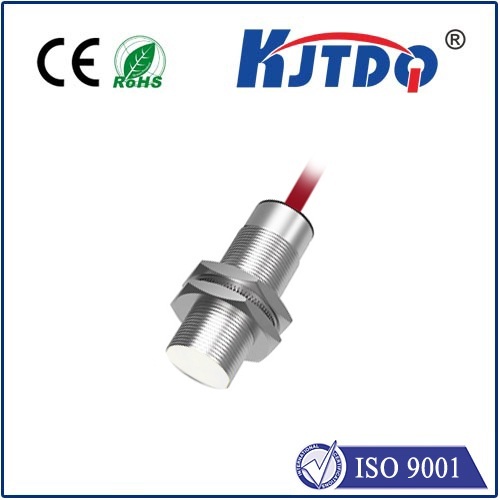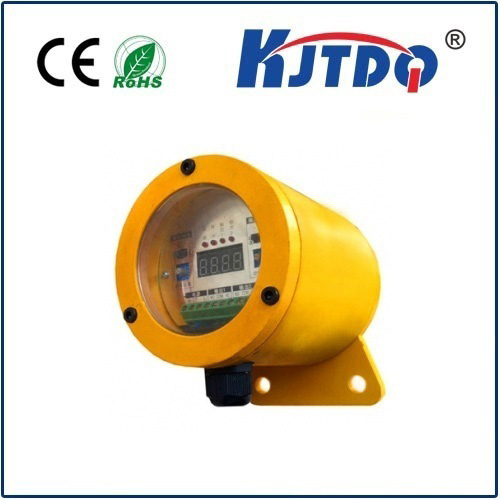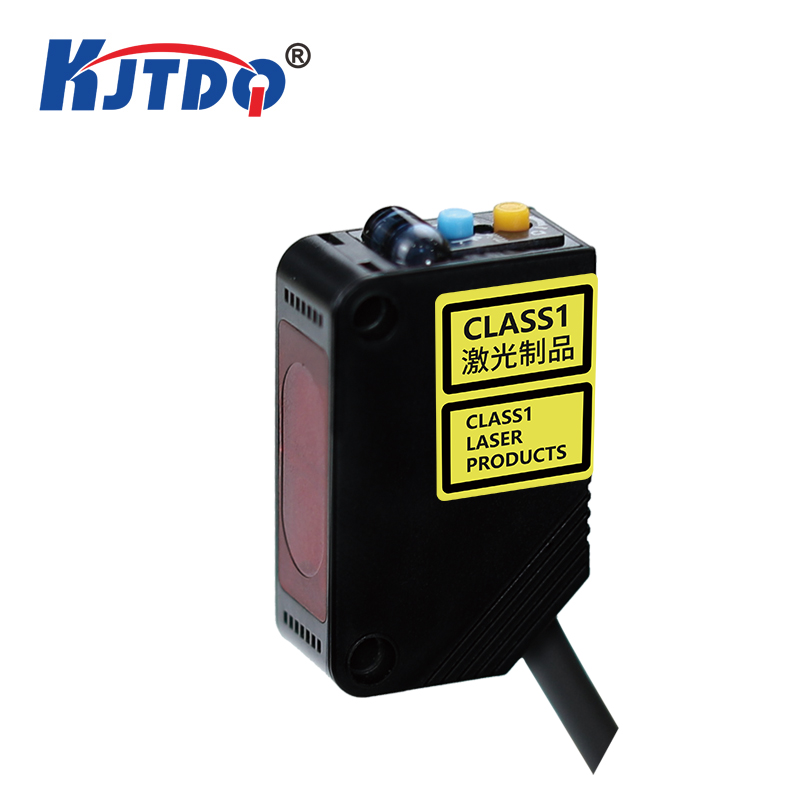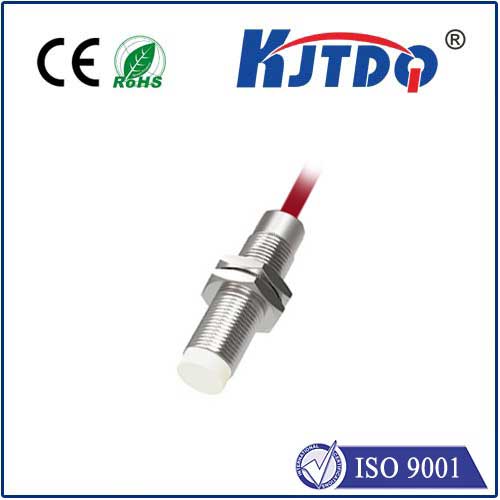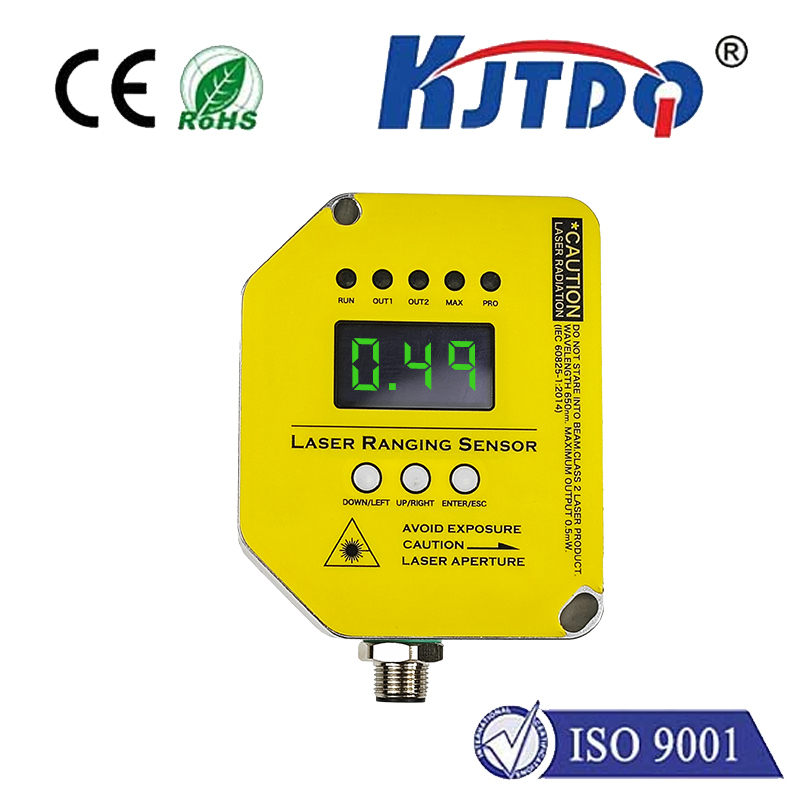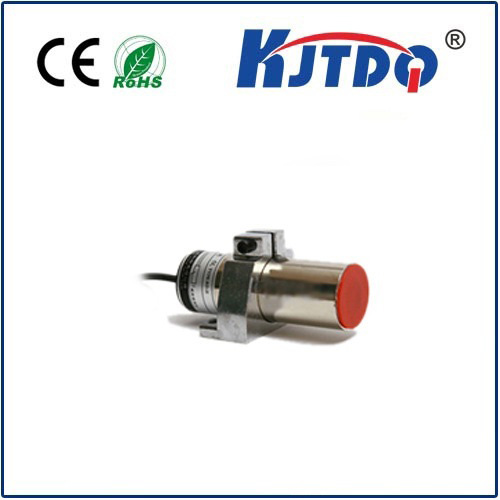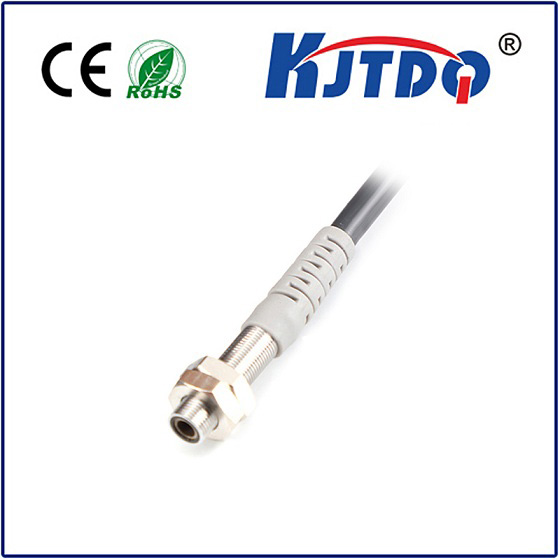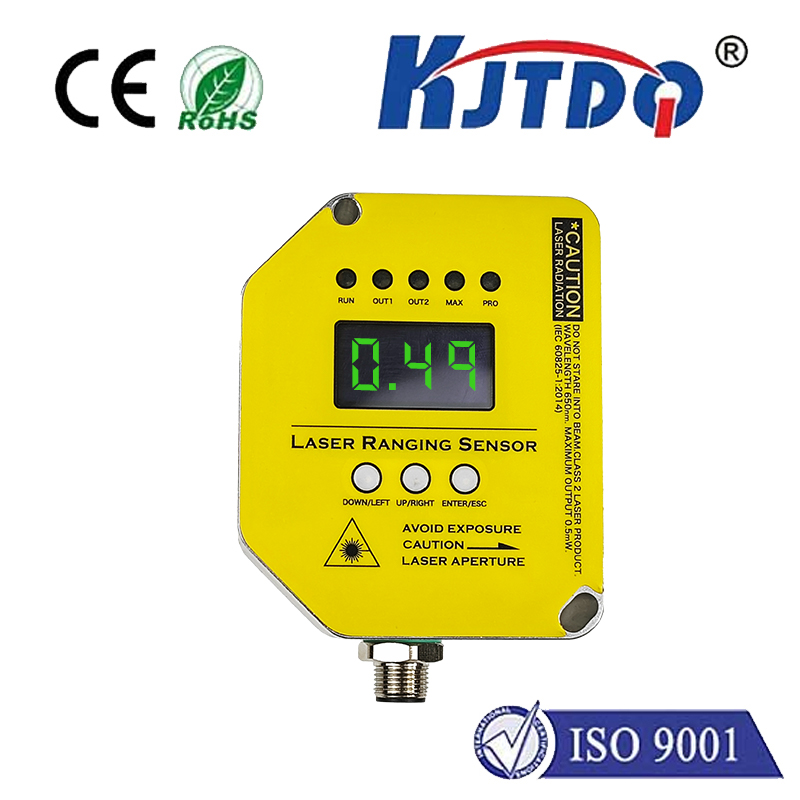
check

check

check

check
Title: Understanding the Importance of Taper Limit Switches
Taper limit switches are essential components in various industrial applications, including automation, machinery, and manufacturing processes. These devices play a critical role in enhancing safety, accuracy, and reliability in different systems. In this article, we will delve into the significance of taper limit switches and how they contribute to improving overall system performance.

Firstly, let's define what a taper limit switch is. A taper limit switch is an electronic device that detects the presence or absence of an object within its sensing range. It consists of a taper-shaped probe that extends from the switch body and a built-in circuitry that controls the activation of the switch. When an object comes into contact with the taper probe, it triggers the switch, sending a signal to the control system to initiate or stop a particular operation.
One of the primary benefits of using taper limit switches is their ability to enhance safety in industrial environments. By detecting the presence of objects or equipment in hazardous areas, these switches can prevent accidents and injuries caused by machine operation errors. For instance, if a robotic arm moves beyond its designated workspace, a taper limit switch can detect its position and send a signal to stop the machine immediately, preventing potential damage or harm to personnel nearby.
Another crucial advantage of taper limit switches is their contribution to improving accuracy and precision in manufacturing processes. In assembly lines, where products require precise positioning and alignment, taper limit switches help achieve optimal results by ensuring that components are accurately placed and assembled. These switches can also monitor product dimensions during quality control processes, allowing manufacturers to identify any defects or deviations from specified standards promptly.
Moreover, taper limit switches play a vital role in enhancing the reliability of automated systems. By providing consistent feedback on the status of equipment and processes, these switches enable engineers to optimize system performance and reduce downtime caused by unexpected failures or malfunctions. This leads to increased productivity, reduced maintenance costs, and improved overall system efficiency.
In conclusion, taper limit switches are essential components that contribute significantly to enhancing safety, accuracy, and reliability in various industrial applications. Their ability to detect the presence of objects and provide real-time feedback makes them indispensable tools for improving overall system performance. As technology continues to advance, it is likely that we will see even more innovative uses for taper limit switches in industries worldwide.
